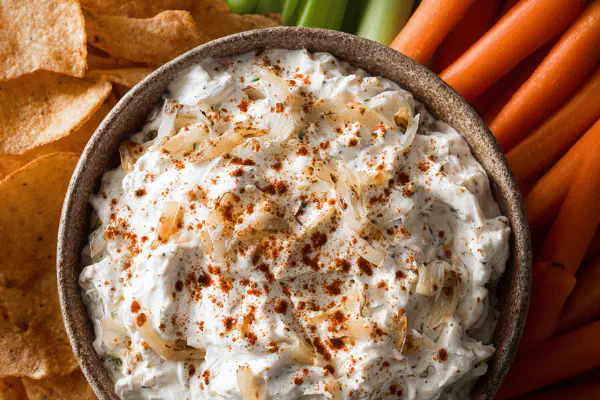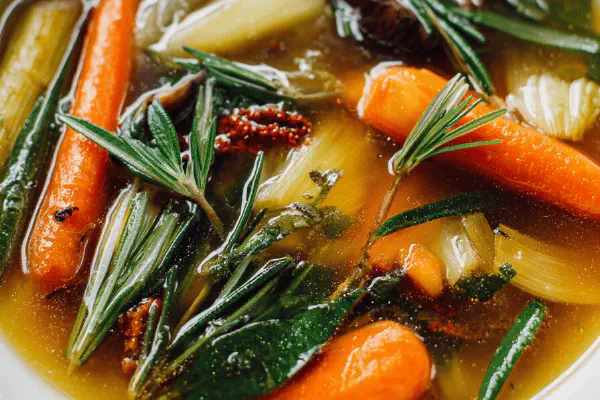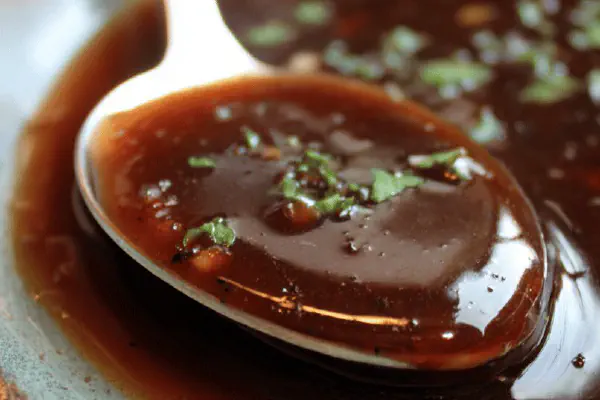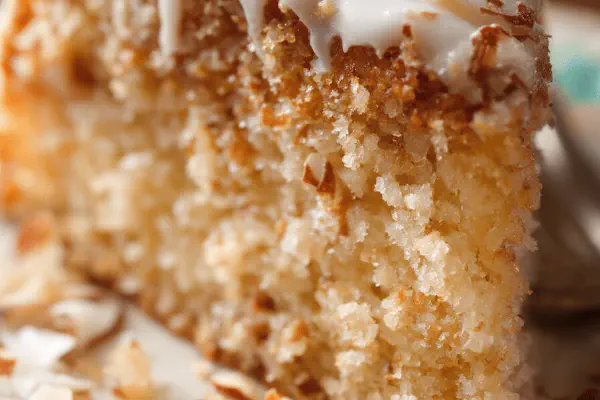Slow-Cooked Caramelized Onions
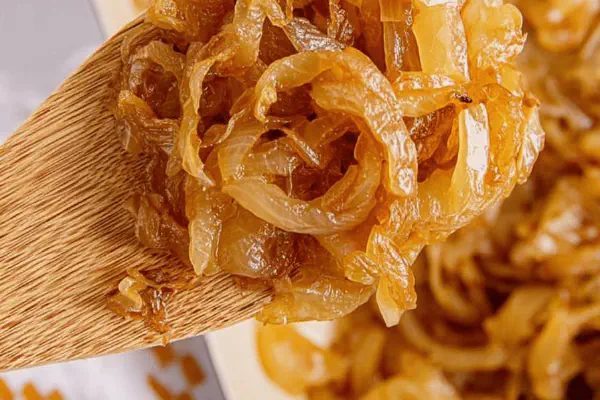
By Emma
Certified Culinary Professional
Ingredients
- 2 tablespoons unsalted butter substitute with olive oil
- 2 medium yellow onions thinly sliced
- ½ teaspoon salt
- 1 teaspoon honey substitute for raw sugar
About the ingredients
Method
Prepare Pan and Fat
- Heat butter in a large skillet over a medium-low flame. Butter should melt gently, foam starting but don’t let it brown too fast—too high and you lose control. Oil can replace butter if it browns too quickly.
Add Onions and Seasonings
- Add sliced onions immediately. Sprinkle salt and a small spoonful of honey or sugar. Toss onions in fat to coat evenly. Salt draws moisture out; sugar or honey kicks caramelization into gear but don’t overdo it.
Slow, Patient Cooking
- Keep heat steady medium-low. Listen for soft sizzling sounds. Stir every 5-10 minutes—no more. Frequent stirring ruins the cooking cycle, stops onions from forming color. If onions stick or start crisping burn warnings, reduce heat. No action? Nudge heat higher slightly.
Watch for Transformation
- Initial 15-20 minutes onions soften, become translucent, and begin shrinking as water evaporates. Around 30-35 minutes pale gold tint appears. Smell thickens sweet with faint roasted hints.
Color and Texture Cue
- Between 45 and 55 minutes onions turn glossy dark amber brown, volume halved. Edges curl and crisp slightly, center soft like silk. Taste test to check sweetness. Too bitter? Reduce heat next batch, stir more.
Finishing Touches
- Remove from heat once color and sweetness are right. Optionally add splash balsamic vinegar or a pinch of freshly ground pepper to lift flavors. Use immediately or cool and store refrigerated.
Cooking tips
Chef's notes
- 💡 Butter melts gently on medium-low but watch. Foam bubbles before browning—don’t rush it or burn bitter notes creep fast; switch to olive oil if butter browns too early. Timing not exact but sensory. Butter first, then immediately toss onions in to coat well. Salt crucial early, draws moisture quick. Honey or raw sugar kick Maillard reaction, but don’t dump too much or onions get clumpy and sticky. Toss onions to coat evenly but not constant stirring—every 7 to 10 minutes tops. Let onions sweat, soften, shrink, then color forms.
- 💡 Keep the heat steady medium-low mostly; too high and bitter scorched edges ruin everything. If you hear hard crackles or see firm crisp spots, lower flame fast. Stick to slow sizzle sounds, gentle bubbling. If onions stick, flick a teaspoon warm water or extra oil to release gently. Don’t rinse onions after slicing; water dulls sweet flavor. Wide skillet essential to spread onions thinly, large surface area speeds evaporation. Crowded pan traps moisture causing soggy texture and uneven browning. Not all onions equal; yellow preferred, reds add extra punch, white milder.
- 💡 Timing varies 40 to 60 minutes depending on stove, pan, thickness. Watch color progression—first transparent, then pale gold, faint roasted aroma, then shift toward deep amber. Edges curl and curl slightly crisped, center silk soft. Taste frequently after 40 minutes; sweetness deepens steadily but guard against bitterness. If too bitter reduce heat, stir more next time. Splash vinegar like balsamic at end can balance bitterness if it creeps in. Optionally add pepper or extra seasoning only after cooking finishes. Cool before storing, airtight fridge up to 4 days, or freeze in portions long term.
- 💡 If butter not an option, start with olive oil but flavor changes slightly—more neutral, less rich. For tighter budgets or swaps, light vegetable oil works too. Honey adds complexity over raw sugar, gives subtle fruit notes but sugar gives more crunch and texture contrast. Toss onions with salt early to coax water out, key for caramel. Don’t crowd the pan. If onions pile, steaming wins and caramels won’t develop properly. Have a scrap of bread or toast ready—best tool for mopping up final buttery richness. Know your pan and heat, stove types vary wildly so rely on smell and feel over strict timers.
- 💡 Final taste test crucial. Onions can shift quick near end, sugar concentration rises, risk tipping to bitterness—especially if heat uneven or pan too hot. Watch for silky softness internally and shiny browned gloss outside. Watch the edges carefully—slight crisping is fine but avoid full crisp burn spots. Don’t underestimate stirring rhythm. Too often scrapes flavor off surfaces and sets back browning progress; too little- risk stuck and burnt patches. Let onions rest briefly off heat, flavors meld. Use immediately or store properly chilled.
Common questions
How do I prevent onions from burning?
Lower heat fast if you see browning edges crisping. Stir less frequent but watch for stubborn spots. Add drops warm water or oil if necessary. Butter browns quicker than oil so adjust flame.
Can I use white or red onions?
Yes but results differ. Yellow sweeter, red stronger flavor, white milder. Timing close but watch carefully. Color and taste shift. Salt and sugar amounts same, but texture may vary.
Why do onions sometimes turn bitter?
Overheat or stirring too much breaks Maillard cycle. Sugars burn. High heat scorches. Too quick caramelization skips silky phase. Use patience, steady low flame. Vinegar splash fixes bitterness after cooking.
How do I store leftovers?
Cool fully first. Airtight container fridge up to 4 days. Freeze in portions for longer storage. Reheat gently. Avoid reheating aggressively or flavor dulls. Can add fresh seasoning after warming.
